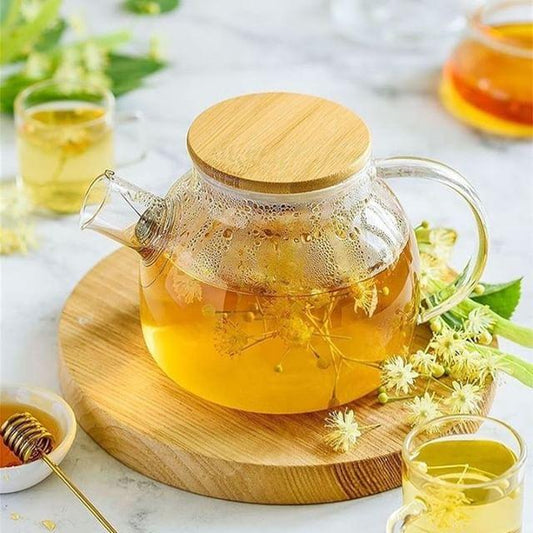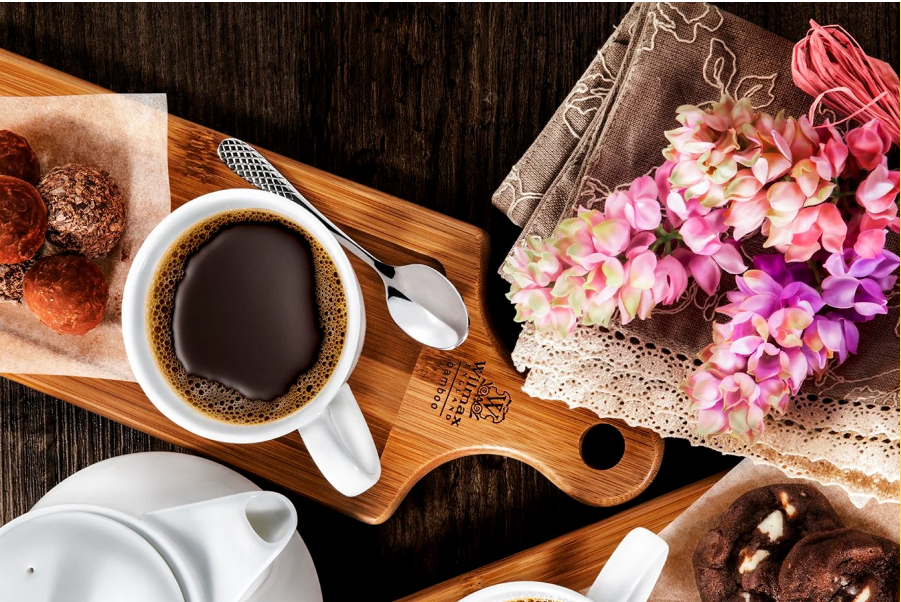Cooking as Therapy: Emotional Well Being Through Kitchen Activities

Cooking is more than just preparing food—it can be a powerful form of therapy. Whether you’re kneading dough, chopping vegetables, or stirring a warm pot of soup, the kitchen can become a space of relaxation, mindfulness, and creativity. Many people find that cooking relieves stress, enhances mood, and provides a sense of accomplishment.
This guide explores how cooking can improve mental well-being, plus a few therapeutic recipes to try when you need a calming escape.
1. Why Cooking is Good for the Mind
✔ Encourages Mindfulness – Focusing on textures, smells, and tastes keeps you present.
✔ Relieves Stress – The repetitive motions of chopping, stirring, or kneading can be soothing.
✔ Boosts Creativity – Experimenting with flavors and recipes sparks imagination.
✔ Provides a Sense of Control – Choosing ingredients and following steps offers structure.
✔ Brings Joy & Accomplishment – Seeing (and tasting!) the final dish is rewarding.
Cooking can be a meditative activity, similar to journaling or painting—except with delicious results!
2. The Science Behind Cooking & Emotional Well-Being
🔹 Cooking Triggers “Feel-Good” Chemicals
- Activities like kneading dough or whisking cream stimulate dopamine, the brain’s reward chemical.
- Aromas of spices and herbs can lift your mood by activating the limbic system (the brain’s emotional center).
🔹 Cooking Engages the Senses
- The act of chopping, stirring, and tasting keeps your mind grounded and present.
- Engaging multiple senses at once helps reduce anxiety and intrusive thoughts.
🔹 Cooking Fosters Connection
- Preparing meals for others strengthens relationships and boosts happiness.
- Cooking with family or friends encourages bonding and positive social interactions.
3. Therapeutic Cooking Activities to Try
🌿 Herbal Tea Blending – Experiment with chamomile, lavender, or mint for a calming ritual.
🍞 Bread Kneading – The rhythmic motion of kneading dough relieves tension.
🥗 Slow Vegetable Chopping – Mindful slicing helps quiet a busy mind.
🍪 Baking Cookies – The warm aroma of vanilla and cinnamon brings comfort.
🍜 Making Homemade Soup – Simmering a pot of soup is relaxing and nostalgic.
4. Simple Therapeutic Recipes for Relaxation
🍞 No-Knead Comfort Bread
A slow, soothing recipe that requires minimal effort.
📝 Ingredients:
- 3 cups flour
- 1 ½ cups warm water
- 2 tsp salt
- ½ tsp yeast
👩🍳 Instructions:
- Mix all ingredients in a bowl until combined. Cover and let sit overnight.
- Shape into a ball and bake at 450°F (230°C) for 30 minutes.
- Enjoy warm with butter and honey.
✨ Why It’s Therapeutic: Watching the dough rise overnight and smelling fresh bread in the oven is incredibly satisfying!
🍵 Calming Herbal Honey Tea
A warm, soothing drink to help unwind.
📝 Ingredients:
- 1 tsp dried chamomile
- ½ tsp dried lavender
- 1 cup hot water
- 1 tsp honey
👩🍳 Instructions:
- Steep herbs in hot water for 5 minutes.
- Strain and stir in honey.
- Sip slowly and breathe deeply.
✨ Why It’s Therapeutic: Tea-making is a slow, mindful ritual that relaxes the senses.
🍲 Cozy One-Pot Lentil Soup
A comforting, nourishing meal perfect for stress relief.
📝 Ingredients:
- 1 cup lentils
- 1 onion, diced
- 2 carrots, chopped
- 1 tsp cumin
- 4 cups vegetable broth
👩🍳 Instructions:
- Sauté onion and carrots until soft.
- Add lentils, broth, and cumin. Simmer for 25 minutes.
- Serve warm with fresh herbs.
✨ Why It’s Therapeutic: The slow simmering and stirring process is calming, and the warm soup provides a sense of comfort and nourishment.
5. Final Thoughts: Cooking as a Healing Practice
Cooking is a simple yet powerful tool for mental well-being. Whether you’re making fresh bread, a warm cup of tea, or a comforting soup, time in the kitchen can be a form of therapy that nurtures both body and mind.
🌟 Next time you’re feeling overwhelmed, step into the kitchen, take a deep breath, and cook something with love! 🍲✨
Share:





